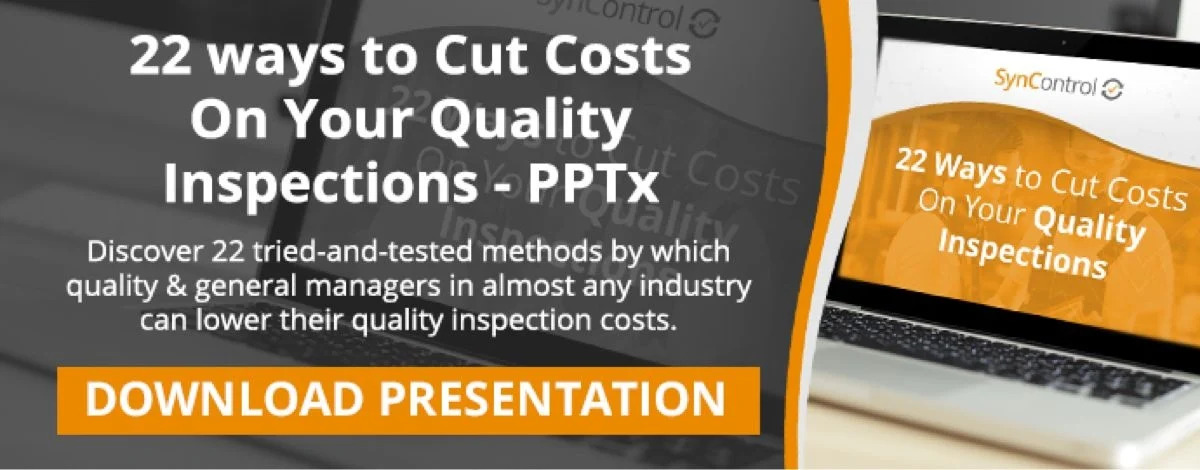Do you buy mechanical parts? Are you tired or writing your findings on paper or in Excel? Are you wondering what quality inspection software would be a good fit for your inspection team?
Let’s look at what is unique about quality inspections for high-precision mechanical products, and the kinds of features that the quality inspection software that you’d benefit from using needs to offer…
It may be that quality inspection teams working on mechanical parts would benefit from using quality inspection software over ‘old-school’ inspection methods such as writing findings down on paper, or entering data into excel; all before manually producing a report.
If this is the case though, the inspection software must be able to fulfill typical important tasks that they’d carry out, and hopefully offer additional benefits too. Let’s break them down…
Heavy measurement work
Taking the right measurements is central. It is important for inspectors to see the drawings and to be able to zoom down to the details (to see ballooned comments etc.).
Using a caliper or a micrometer takes time. Using a CMM machine is even worse. There are solutions to save time but it usually comes with a loss of information.
Here is a photo of a very simple example (and not very precise). The best, of course, is to have a custom-designed gauges (which are definitely among the inspector’s best tools).
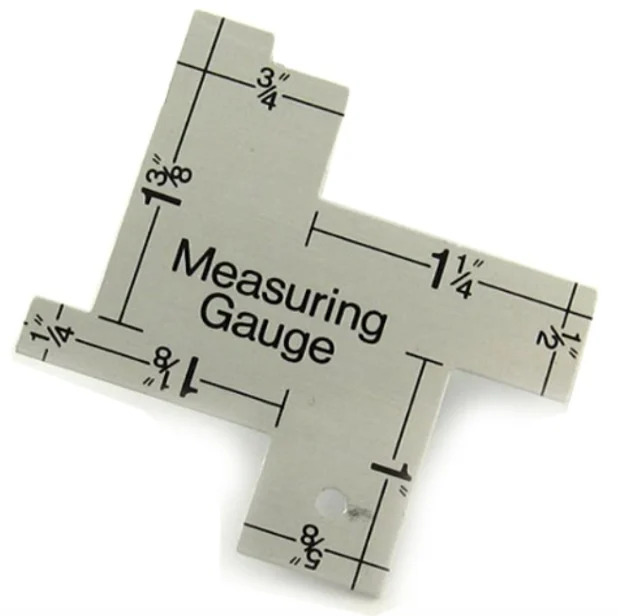
In a go / no-go gauge, the result is “OK” or “not OK”. It should be easy to select the result in one click in a mobile application.
What is the downside? The exact measurement data are not written down, and a lot of information is lost… As explained below.
Rich data analyses
Over time, it is good to keep all the data about each critical-to-quality measurement point. It could often look like this:
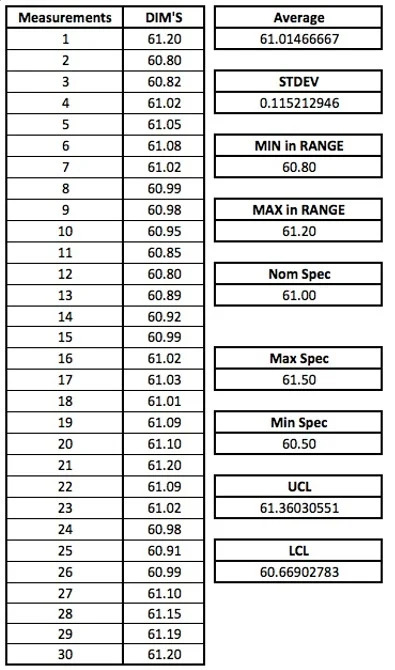
And, in graphical form, it can look like this:
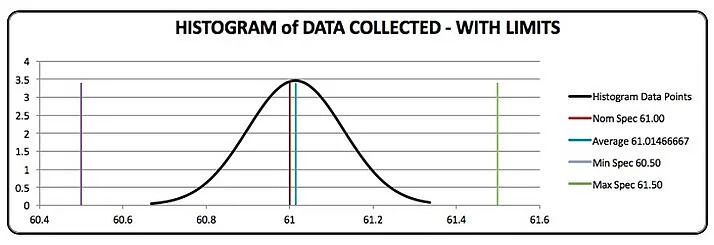
You can see that the average is pretty close to target, and pretty much all data points are within specifications. Everybody but the most hard-core Six Sigma enthusiasts will admit that’s a nice curve.
So an important feature in the quality inspection software package that you choose is the ability to write the findings quickly. It can’t be as fast a noting on a piece of paper, but it can be faster than inputting values into Excel.
How to avoid spending days measuring everything, and yet keep data for analysis?
The key is to focus mainly on CTQ (Critical To Quality) points, and on measurement points that might vary a lot because of the underlying process.
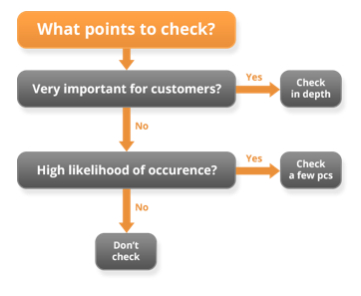
We wrote more tips about how to save time on product inspections before, take a look.
If one piece is good…
Many mechanical parts are die cast or forged, and then CNC machined. Many times, if one piece is good when it comes to measurements, the rest are good too.
However, there can be some variation:
- Casting or forging can give inconsistent results (excess porosity, a “biscuit” that is not properly trimmed, etc.)
- Metal machining can start nicely and then produce defects that get worse over time – imagine a tool that gets worn and then finally breaks.
- There can be a lot of manual work, for example welding.
Make sure you understand the risks before reducing the sampling of some checkpoints…
The key, really, is to improve consistency in production. And it means good process controls and good preventive maintenance.
No visual check? Think again…
Many inspectors focus too much on measurements. However, a visual check (and comparison to a golden sample) is useful in confirming the heat treatment and other important characteristics.
It’s actually not that different from an inspection of general consumer goods, as we wrote in this article about checkpoints of mechanical parts. We listed 9 families of visual defects to watch out for!
Packaging and labeling elements are important too
A proper packaging protects the products, and a basic level of labeling is probably required in your supply chain.
This is another aspect of inspections that buyers of industrial and mechanical products sometimes overlook. Yes, it is the same as consumer goods! There are also important requirements in this category.
Are inspection tools & gauges properly calibrated?
The quality inspection software should make it possible to check certain points that are not inherent to the products or their packaging. Here are a few examples:
- Inspectors often use calipers, micrometers, and other similar tools. For certain dimensions, a CMM machine is necessary but inspectors can’t bring it with them and few factories have made the investment. Are those tools & gauges properly calibrated?
- Do the supplier’s inspection records look good? What about their own tools?
- Is a test report about chemical composition presented? Is it related to the batch being inspected?
How large are your mechanical parts?
If they are usually small, they could be held in one hand while a photo is taken with the other. The best, in that case, is to have a mobile quality inspection application that runs on a smartphone.
On the other hand, if the parts can’t be held in one hand, a small tablet such as an iPad Mini is probably the ideal device for quality inspectors to use.
Have your say…
What tools are your quality inspection team using? Do you use a specialized software package for measurement data analysis? How is data recorded?
Please share your experiences below and we’ll be happy to comment back. In particular, don’t hesitate to ask questions about the way our software, SynControl, can help you improve quality inspections in your organisation.


